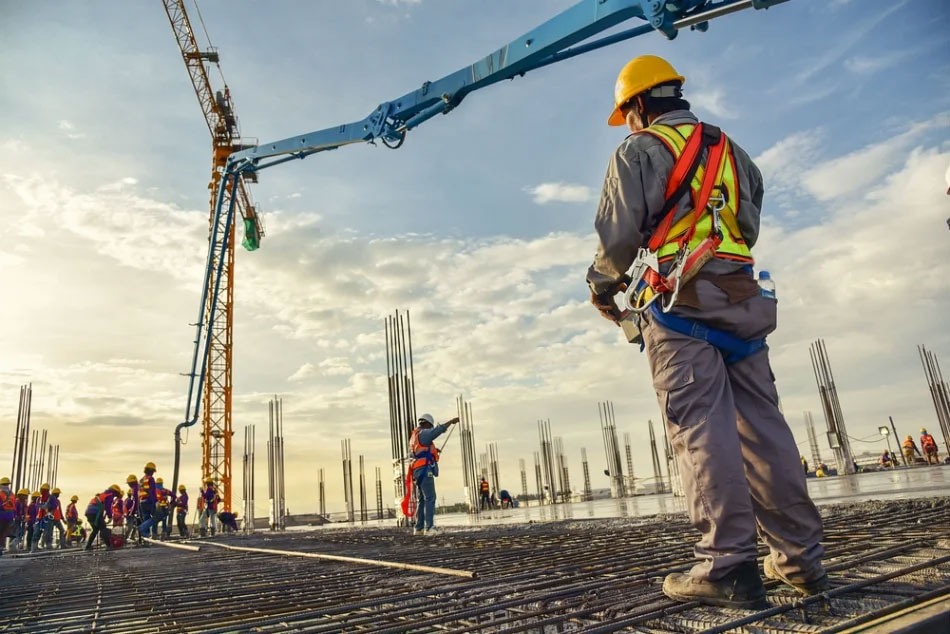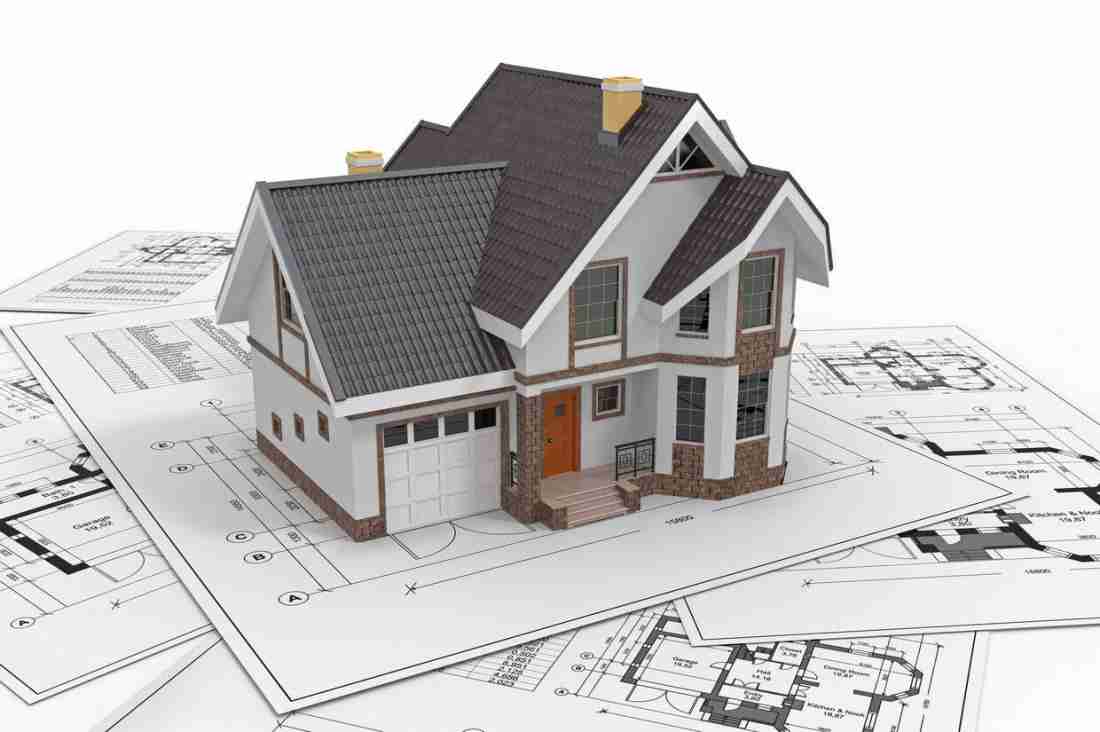Termites, often referred to as “silent destroyers,” are small insects that can wreak havoc on structures, particularly the foundational elements of homes. Among the various components they target, house columns are particularly vulnerable. These columns, vital for providing structural support and stability to a building, can become the unwitting victims of termite infestations. In this article, we will delve into the insidious nature of termite attacks on house columns, exploring their methods, signs of infestation, and preventative measures homeowners can take.

Understanding Termites
Termites are social insects that feed on cellulose-containing materials, such as wood, paper, and even certain fabrics. They live in colonies with specialized roles and possess a caste system consisting of workers, soldiers, and reproductive individuals (kings and queens). While some termites are beneficial in ecosystems, breaking down dead plant material, others pose a significant threat to man-made structures.
The Threat to House Columns
House columns, whether made of wood, concrete, or steel, are attractive targets for termites due to their cellulose content. Termites can infiltrate structures through soil-to-wood contact, foundation cracks, and even construction materials. Once inside, they create underground tunnels called “mud tubes” to navigate between their nest and food sources, often the wood within house columns.
The Invasion Process
- Initial Infestation: Termites usually start infesting a structure by targeting wood that comes into direct contact with soil. They can also enter through wood that is exposed to moisture, as it softens the material, making it easier for them to access.
- Mud Tubes: Subterranean termites, the most common type responsible for structural damage, construct mud tubes to maintain a moist environment as they move between their underground nests and above-ground food sources. These tubes serve as highways of destruction, allowing termites to remain hidden from view.
- Feeding Frenzy: Once termites infiltrate the house columns, they begin to feast on the wood, slowly but steadily compromising its structural integrity. They consume the cellulose present in the wood, leaving behind only a thin layer of paint or finish.
Signs of Infestation
Detecting a termite infestation early is crucial to preventing extensive damage. Signs to watch for include:
- Hollow-Sounding Wood: Knocking on wooden columns may produce a hollow sound if termites have consumed the interior.
- Sagging or Cracked Wood: As termites weaken the wood, columns may show signs of sagging or cracking.
- Mud Tubes: The presence of mud tubes along the base of columns or walls is a clear indicator of subterranean termite activity.
- Discarded Wings: Swarmers, the reproductive caste of termites, shed their wings after finding a mate. Finding discarded wings indoors can suggest a nearby termite colony.
Prevention and Mitigation
- Regular Inspections: Homeowners should schedule regular termite inspections by professionals to catch any potential infestations early.
- Moisture Control: Reducing moisture around the foundation through proper drainage and ventilation can deter termites.
- Physical Barriers: Installing physical barriers, like metal screens, between soil and wood components can prevent termite access.
- Chemical Treatments: Professional pest control services can apply termiticides to create a protective barrier around the structure.
- Wood Treatment: Using termite-resistant or treated wood for construction can discourage termite infestations.
Termites are skilled infiltrators that can compromise the structural integrity of a home, especially when it comes to vulnerable components like house columns. Vigilance, preventive measures, and regular inspections are key to safeguarding your property against these silent invaders. By understanding their methods and signs of infestation, homeowners can take proactive steps to protect their homes from the costly damage termites can cause.


